First we danced at Stonewall. Then, the world
It was two minutes after one in the morning on a hot Saturday night. Four men wearing women’s wigs, skirts and feather boas knocked on the door at Stonewall Inn, on the 51 and 53 of Christopher Street. The doorman at the small establishment peeked out through the peephole to make sure they were gays wanting to get into one of the gay bars in the Greenwich Village. There were others in New York, but they were only allowed to dance at Stonewall.
The space had been a restaurant and afterwards a nightclub for straight people until a member of the Genovese mafia family, to which Lucky Luciano had belong in the thirties, fell in love with a transexual. He then convinced two other members of the family to buy the place for 3.500 dollars and turn it into an underground den for gays and transvestites. They sold illegal alcohol and drugs there. On the two dance floors at Stonewall you could dance until the lights would suddenly come up as a warning sign when the police arrived. Sargent Pine would send his boys or he would show up himself once a month for a raid. He would put everybody on a line, ask them for an ID and would demand them to show him at least three gender appropriate garments each if they didn’t want to end up in a cell. Homosexuality was persecuted in New York in 1969.
Shortly after letting the four boys wearing makeup and heels inside, one of them used the phone booth at Stonewall. He called Sargent Pine and said “We are in. Now”. The agents from the Sixth District that were waiting outside barged in by surprise cornering the two hundred people dancing at the club. The situation wasn’t completely new for most of the clientele, sick of the constant harassment by the police who, in addition, would charge a fee to the club instead of shutting it down for selling alcohol illegally. But that August night was different.
The agents took the arrested men out into the street while they waited for backup to take them to prison. Neighbors and homeless people at Christopher Park started to rebel demanding the police to release that unique and colorful group of transvestites, gays and transexuals. Stonewall’s clients provoked the policeman and their own fans dancing some cancan and singing We Shall Overcome. The tension kept growing and a transvestite’s bag flew against a policeman’s head who replied using his club. The mob in the street threw stones at the officers, cut the tyres of their cars, threw bricks. It was a pitch battle right outside the doors of Stonewall that ended up with four injured policemen and thirteen people arrested.
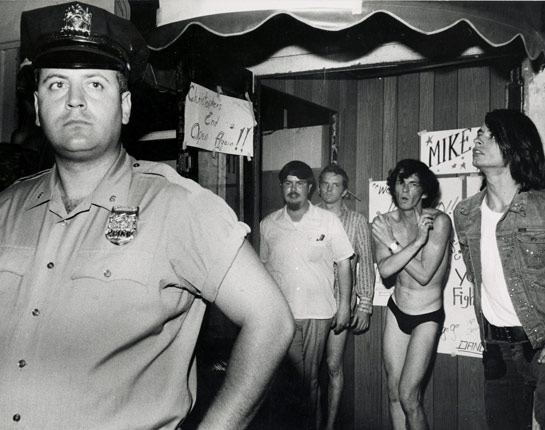
This wasn’t the first argument between the authorities and the harassed and outlawed homosexual community. The difference this time was that Stonewall woke up the next day covered with graffiti saying: “Drag Power”, “Support Gay Power”, “Legalize Gay Bars” and “We Are Open”. Besides the fact that the bar was wrecked, the same clientele from the previous night returned and were accompanied by more gays, hustlers, queens, curious, and tourists that had read about the quarrel on the newspapers. Thousands of people showed up spontaneously outside Stonewall to show their support towards the prisoners. A multitude taking over Christopher Street and hundreds of policemen charging against them again.
Something special was born that night on the 28th August 1969 at the Stonewall. And on the next night. And also a year later. The 28th August 1970, on the first anniversary of the disturbances, a crowd walked over fifty blocks from Stonewall to Central Park with banners demanding sexual freedom, dignity, respect and the legalization of the homosexual rights. There were simultaneous mobilizations in Los Angeles and Chicago. The New York Times talked on its front page of what became the first Gay Pride March. A year later the demonstration was joined by Boston, Dallas, Milwaukee, London, Paris, West Berlin, and Stockholm. Thirty years after that first bag flying against an officer’s head, in 1999, the Department of Domestic Policy of the United States declared the Stonewall Inn as National Historic Site.
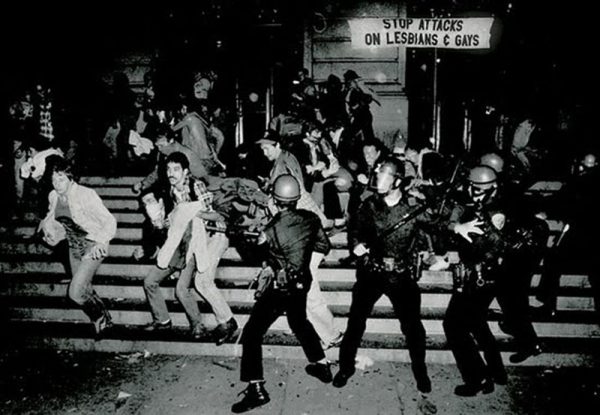
It’s been forty years but the march is not finished, the fight hasn’t stopped. The LGBT community (lesbians, gays, bisexuals and transexuals) has achieved several accomplishments like the decriminalization of the homosexuality and its treatment as a disease, same-sex marriage and adoption. Now twenty two countries recognize the right of same-sex marriage, four years ago an iman even created the first inclusive European mosque in Paris. However a big section of the homosexual collective still feels the need to keep striving to get those achievements to affect every country in the world, to show solidarity with those who are still suffering in the same way many gays did when they stood up outside the Stonewall to support those inside.
But there’s another battle that’s not taking place at the courthouse, but inside people’s mentalities. Many gays aspire to awake the respect amongst the whole heterosexual society, to feel included but remain different. In 2013, Pew Research Centre organized a massive survey in forty countries asking about homosexuality. The 6% answered they thought it was immoral, the 55% considered it acceptable and the 38% declared they didn’t think it was a matter of morality. The acceptance and tolerance amongst the world’s society keeps growing but there is an issue that keeps being questioned: Is the Gay Pride party a good way to fight for the cause or is it counter-productive?
There are two main criticisms on the Gay Pride events. The first one would be the name. If the battle is about all sexual tendencies being equally respectable, wouldn’t it be better to be proud both of homosexuality and heterosexuality? The word ‘pride’ seems to be expressing superiority, a “gloat” of the sexual condition that has been criticised both by some heterosexual groups and certain activists of the LGBT rights. Maybe it would be better to call it “Gay Dignity” instead of “Gay Pride”.
The second big criticism on Gay Pride is the trivialization of the event. It is difficult to find a balance between battle and party, between the demanding of rights and selling hot dogs. Is this really the best formula to get the LGBT community taken seriously? Parading floats full of semi-naked people covered in glitter and grease, heels races or a speech by Cayetana Guillén Cuervo? The objections to the business created around the event are constant even amongst the collectives that take part.
It is unquestionable though that the wisest choice about Gay Pride is that it is indeed a party. On the same way the transvestites at Stonewall cheered the expectant crowd on singing and cancan dancing, now it is the gays with their concerts and shows on many different cities like, for instance, Madrid. Other Spanish cities have their big celebrations, however the most representative festivity of the capital city is Gay Pride. Between a million and a million and a half of visitors turn up to celebrate and demand, a mix of riot and protest. It might be part of the gay mentality of enjoyment, humor and fun. It is, in any case, a growing success. Madrid receives 6.1 million euros from the gay tourism, according to the LGBT Capital report of 2015, and has overtaken France as main European gay destination for the gay tourists.
Two hundred and fifty thousand people travel to the gay celebration in Barcelona, the city that, for the last nine years, welcomes the biggest gay festival in Europe: the Circuit Festival, two weeks of street parties and bars as well as special offers in stores and hotels. Last year Ibiza embraced the project and this year Maspalomas has joined in. Spain is one of the most tolerant countries in the world with homosexuality both socially and legally. And the one who likes partying the most. Maybe that’s why we’ve become a small gay paradise. Something similar is happening in Sao Paulo who receives almost three million people in the most populous homosexual convention in the world.
Surely there are other ways to keep reclaiming the national and global rights the LGBT collective is still missing. It is true that all those cities end up destroyed by a horde of sweaty and noisy people during Pride celebrations, the neighbours don’t get much sleep, rubbish piles up on the streets… But it is also true that gays, lesbians, bisexuals and transexuals have never been so visible as they are today. It is possible they consider the party as not only the most effective formula to attract the attention, but also the most natural. They first danced on the narrow dancefloor at Stonewall, then on the pavement at Christopher Street. They now dance all over the world.


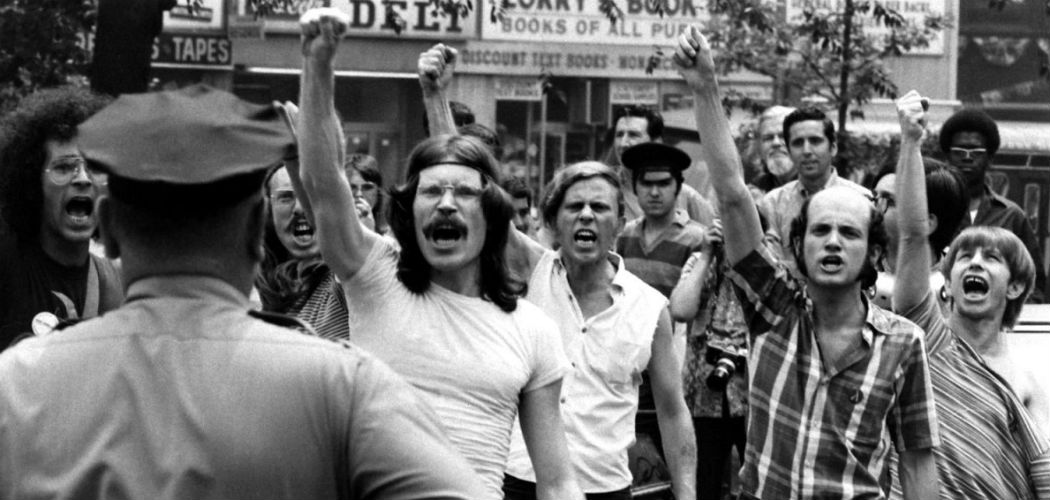


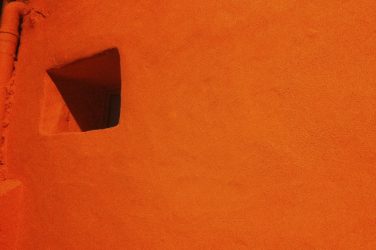


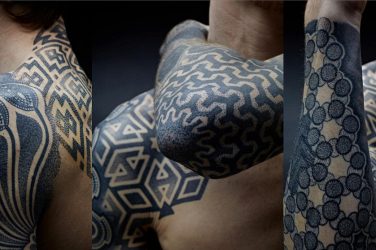
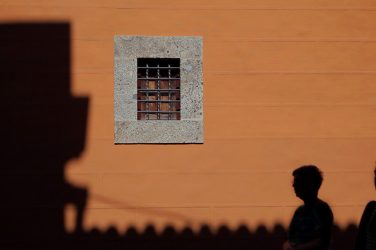

Mostrar comentarios (0)